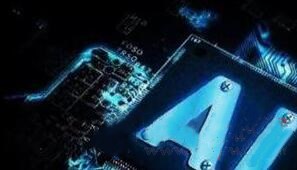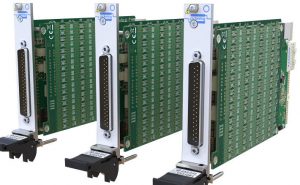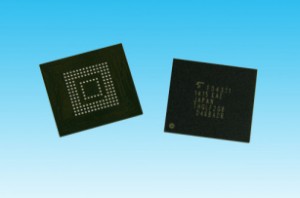
China's chang 'e-4 has completed its first biological experiment on the lunar surface, with the latest test photos released today (oct 15) showing that the cotton seeds on board have sprouting buds.
According to the data, this is the result of "lunar microbiosphere" organized by the joint research center for deep space exploration of the ministry of education and led by chongqing university.
What does "lunar microbiosphere" look like?

Chang 'e-4 science load experiment growth box
According to the xinhua news agency reported earlier, surface micro ecological circle, similar to a barrel, 18 centimeters high, 16 cm in diameter, made by aluminum alloy, will be placed inside the potato seeds, arabidopsis seeds, eggs, culture medium, refrigeration, heating tablets, cameras and control components, and other items, plus the total weight of insulation shell outside a total of 3 kg.
In this small space, scientists create an environment for the growth of plants and animals and realize the ecological cycle.
Under the conditions of vacuum, microgravity and extreme temperature difference, the "lunar microbiosphere" will maintain 1 c to 30 c and appropriate humidity, and introduce natural light from the lunar surface through optical tubes to create an environment for plant growth.

Schematic diagram of the "lunar microbiosphere"
Light from the moon is channelled through a "barrel cover" of light tubes to carry out photosynthesis.
Insect eggs will produce the plants need, such as carbon dioxide and waste garbage, in the process, through the observation of low gravity, strong radiation under the conditions of plant seed germination, seedling growth and flowering process, or the eggs hatch, the larvae development, broken cocoon into a butterfly, verify the lunar environment seed respiration and photosynthesis in plants, the land on the moon surface micro ecological circle, 100 days, it will realize own micro ecological cycle.
Plants took root and sprouted the first flowers on the surface of the moon.
At the same time, the potato can also serve as a food source for human survival in space, its experimental value is more significant.
Silkworm eggs will complete the whole life cycle of egg hatching, larva growth and development, cocoon breaking and butterfly forming in the ecosystem.
The most distant biosphere
Unlike the space station's first flower, which was launched last year, this experiment is located 380,000 kilometers away from the earth.
Xie gengxin, chief designer of the lunar microsphere and deputy director of the joint research center for deep space exploration under the ministry of education, said the experiment is groundbreaking and of great significance for future human life on other planets.
Follow Me

 Inglés
Inglés  Chino
Chino  Alemán
Alemán  Coreano
Coreano  Japonés
Japonés  Farsi
Farsi  Portuguese
Portuguese  Russian
Russian  Español
Español 





